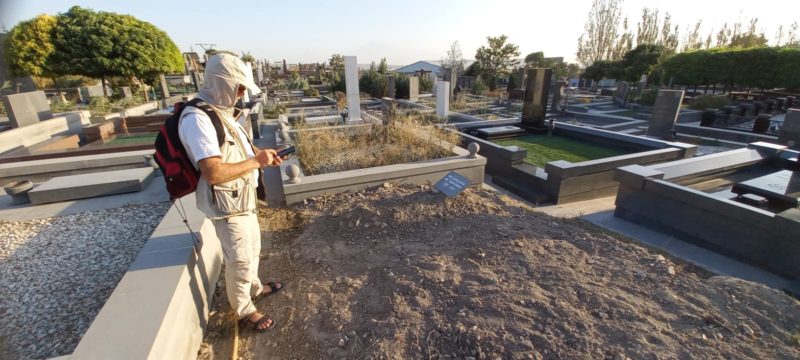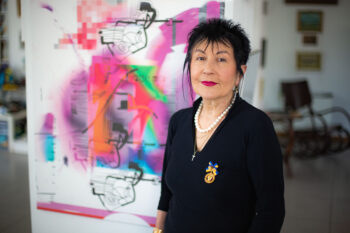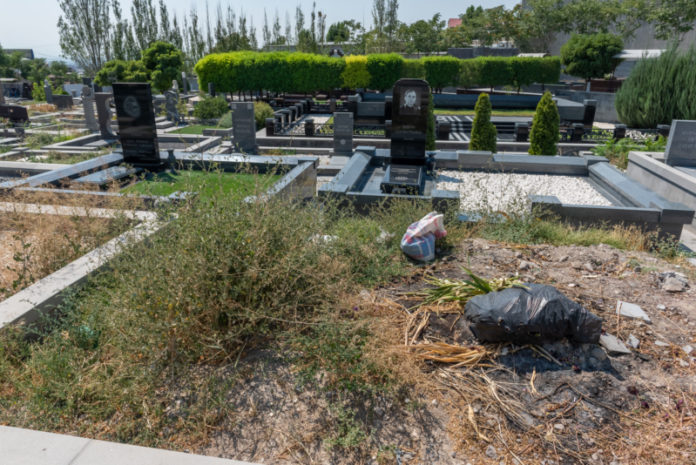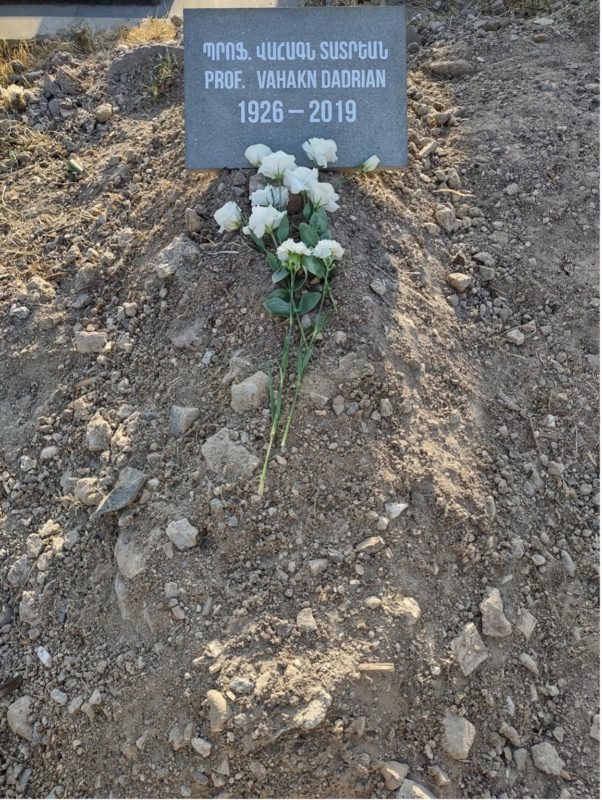WATERTOWN — Noted scholar of the Armenian Genocide Vahakn Norayr Dadrian’s grave has been discovered to be in an unmarked and untended condition, covered with wild bushes and garbage in Yerevan, which has led to an outcry and call for action on social media. Among the commentors is genocide scholar Taner Akçam, who had been initially mentored by Dadrian and then continued to work closely with him as a colleague studying this genocide.
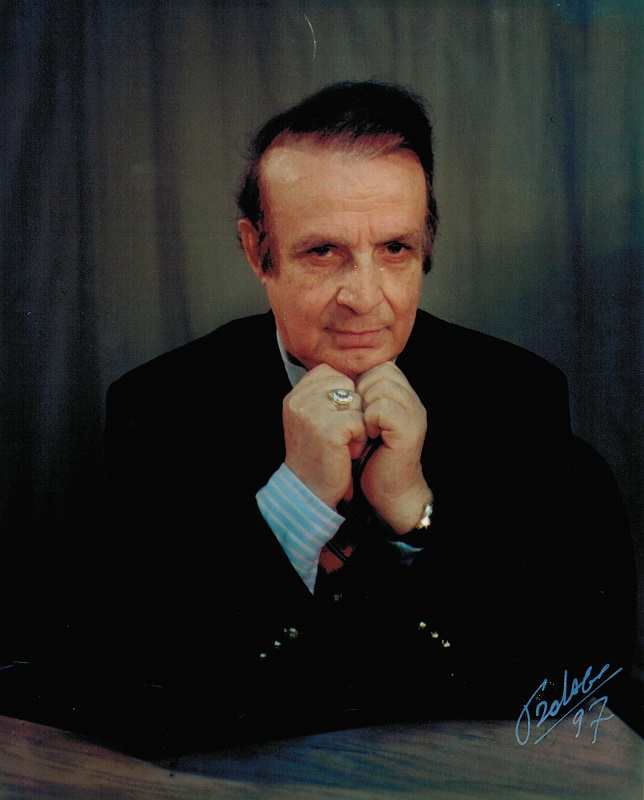
Dadrian died on August 2, 2019 at the age of 93. He was living in the small town of Conesus, New York and was survived by his sister in Florida and several nieces and nephews, while a brother, another sister and other relatives predeceased him. According to Maggie Mangassarian-Goschin, director of the Ararat Eskijian Museum of Mission Hills, Calif., who was close to Dadrian and visited him annually, Dadrian left his American landlord detailed instructions about his cremation and what to do with his library, archives and belongings.
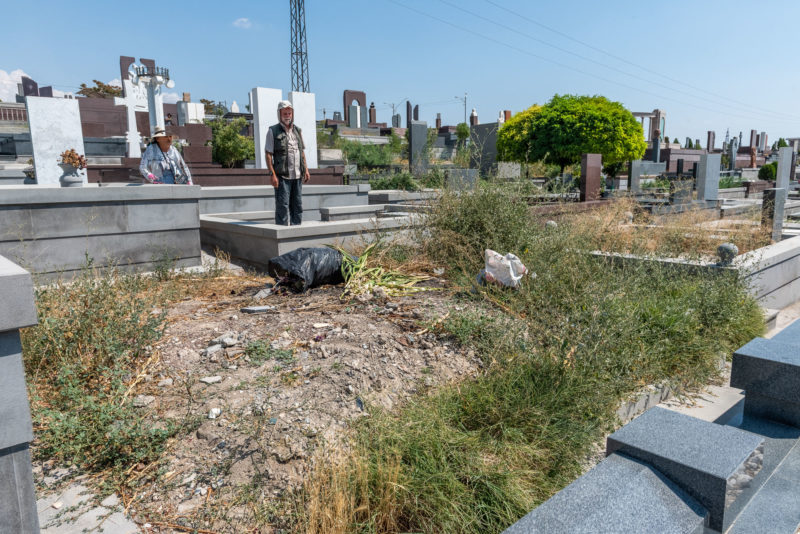
Dadrian’s research was honored by many awards from the Republic of Armenia, including the Movses Khorenatsi Medal of the Republic of Armenia in 1998, an honorary doctorate from the Armenian National Academy of Sciences in 1995, and the Presidential Gold Medal in 2009. After Dadrian died, the Armenian Embassy in Washington D. C. persuaded the landlord to release Dadrian’s remains, by means of Goschin, and they were shipped to Armenia for burial by the Embassy. According to a recent Facebook statement of Mari Hovhannisyan, the executive director of the Zoryan Institute of Armenia International Foundation for Research and Development, the government of Armenia received support from the Zoryan Institute of Armenia in the transportation of Dadrian’s ashes.
On August 19, 2019, a state burial commission was established through a decree of Nikol Pashinyan, the prime minister of the Republic of Armenia (see iratek.am). This commission was to present a report on the funeral expenses, which the minister of finance would submit to the prime minister within a 20-day period. The chairman of the commission was Arayik Harutyunyan, minister of education, science, culture and sports, and a number of other ministers were included as members, such as Foreign Minister Zohrab Mnatsakanyan, Minister of Health Arsen Torosyan, and Minister of Finance Atom Janjughazyan. The mayor of Yerevan, the president of the National Academy of Sciences, the Deputy Chief of Police, the director of the Armenian Genocide Museum-Institute, and President of the Zoryan Institute K. M. Greg Sarkissian were some of the other dignitary members.
The commission indeed organized a ceremony and visitation at the National Academy of Sciences in Yerevan on August 30, 2019, where high-level state officials including Mnatsakayan and Speaker of the Armenian National Assembly Ararat Mirzoyan spoke. A funeral service was said to took place the next day, August 31 at the municipal Pantheon in Yerevan, according to the notice in his local funeral home in New York State and Hovhannisyan’s Facebook statement. There are two cemeteries with the pantheon epithet in Yerevan. The Komitas Park and Pantheon includes the graves of many prominent Armenian intellectuals, artists and public figures and the Yerevan city pantheon, known as Tokhmakh Cemetery has a section devoted to intellectuals and artists.
After this point, something seems to have gone wrong. As the Ararat-Eskijian Museum had become the repository for Dadrian’s library and archives, Mangassarian-Goschin wanted a photograph of Dadrian’s grave in Armenia for the museum and repeatedly asked friends to go there and photograph it, but no one was able to find it. They were told it was not in the Komitas Pantheon. Finally, several weeks ago, an archivist and photographer friend of hers from Paris, Baghdig Kouyoumdjian, visited Yerevan. The latter found out about the smaller pantheon for intellectuals at the Tokhmakh Cemetery.
